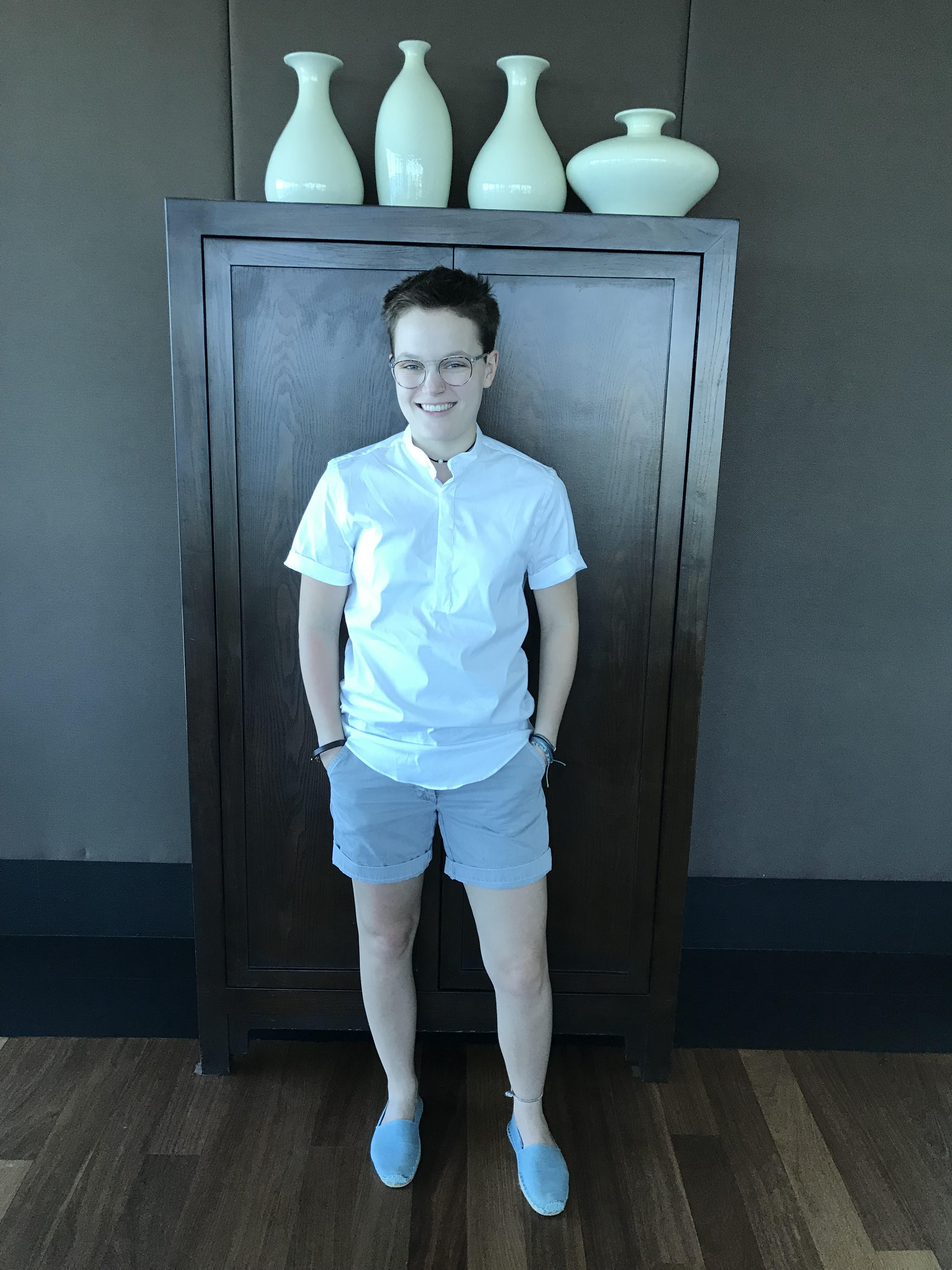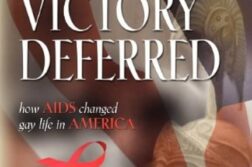MTV recently decided to morph its Are You the One? franchise into a “sexually fluid” experiment. In the new season of the show, coined Come One Come All, sixteen people live in a mansion together in an attempt to discover who is their “perfect match.” At the end of the season, if all eight perfect-match couples are together, they share a prize of one million dollars. In this new season, each of the sixteen people identifies as bisexual, pansexual, or simply as fluid, resulting in each person having fifteen possible perfect matches rather than seven as in previous seasons, based as they were upon a cisgender–heterosexual model, where women only matched with men.
When the new show’s format was announced, the queer community was thrilled. I myself was excited and intrigued. (Normally I stay away from reality dating shows because, as a queer person, the televised heterosexual world feels so foreign to me that it rarely entertains.) Indeed, as this new season has continued, my queer friends frequently live-tweet episodes, share theories about who will be a match, or swoon over this or that participant. In many ways, the show has lived up to expectations. It is a large group of queer people living in a house together, declaring their attraction to one another, sneaking away from the group in pairs (and sometimes in groups) to the “boom boom room,” where they have sex while everyone else gossips. It continues the essential aspects of a reality dating show but with queer people, and that is certainly an accomplishment in itself. And it does so with around a quarter of the contestants being white; all other contestants are people of color. Having never seen the seasons before this one, I was impressed by this ratio; I don’t think of reality dating shows as having the most inclusive diversity policies, as there has been, for example, one black “Bachelorette” in the history of the franchise.
Where MTV falls short in this season ofAre You the Oneis in the representation of multiple gender identities and expressions in this group of contestants. There is a single trans-masculine contestant, who describes himself as a “queer, trans-masculine, non-binary human” who has pursued “biological transition” and uses both he/him and they/them. In addition, there is another self-identified non-binary person, who is flamboyant in their colorful, patterned, and sequined fashion choices. They are the only one who expressed their preferred pronouns to be only they/them/theirs. The remainder of the contestants are cisgender folks. The cis men do sometimes walk around in skirts, dresses, or sports bras and play with makeup. And one of them has a remarkable head of long hair. The women, however, are a different story. There is one woman with a “pixie” hair cut, and she presents in a strongly feminine way; that is as far as MTV went to look for a more masculine-presenting, dare I say, tomboy-like woman for the show. All the women express themselves in a highly typical, classically feminine manner. Beyond this, there are only two women who could, in any sense, be classified as “curvy,” and, interestingly, both of them are black women. The other women are quite thin and petite in height, except for the woman with the short hair, who is quite tall. There is not a woman on the show who is not typically slim, classically beautiful, and feminine-presenting.
These various types of gender discrepancies came to light most powerfully in Episode 4, wherein the contestants remaining at the mansion (while six others go on group dates) throw a queer prom. Many of them express to each other and in interviews their excitement to attend a prom for the first time, or simply in the way they wish they could have when they went in high school, still closeted or rejected by their peers. I was excited for this episode—I wish I had my own queer prom—and looked forward to seeing how everyone would dress. One cis male contestant and the contestant who exclusively uses they/them decided to go in drag, and each put an intricate outfit, layers of makeup, and lots of glitter. The remaining men, all cis, decided to do a clothes swap with the women and went to the prom in stretchy dresses drawn tightly across their pecs, along with a dash of eye-shadow or lipstick. Some women decided to wear an oversized button-down, or a backwards baseball cap, and one of them created a male character to be her drag persona. He spoke in a deep voice, gesticulated with his hands, and, in a twist of events, cheated on her strongest relationship in the house. The furthest that this “gender-bending” prom went was for two people to go in classic drag getup, for a few cis men to wear dresses, and cis women to put on baseball caps and deepen their voices.
This party scene raised many questions for me and for my friends watching along with me. If there had been a more masculine woman on the show, how would the “gender-bending” principle have worked for her? If the trans-masc. contestant had not been out on a date, what would he have been expected to do in this situation? Would the cis women have changed their approach to their different gender presentation during the prom if the trans-masc. contestant had been there, for fear of looking like a parody of him and the gender expression he fought his whole life to embody? Would the cis women have changed their approach if there had been a butch-presenting woman on the show, again for fear of parodying her? What would a butch of woman be expected to do in this gender-bending scenario, when she lives in a gender-bending presentation every day? Why did not a single one these hyper-feminine contestants never leave behind their carefully-constructed femininity to dive into a masculine drag as intense as the other contestants who went in full feminine drag?
Finally, these questions lead me to see that, once again, the definition of acceptable femininity is still one that includes only traditional femininity and ignores the possibility of genuinely feminine gender expressions differing from this model. Women in masculine clothing are welcomed on the show only if it’s a costume, performed along with a slim, feminine frame adorned with long hair and eye-shadow. The nonbinary contestant’s trans-ness is used as a weak substitute for exploring gender-non-conforming femininity, and simultaneously plays as the show’s attempt to sensationalize this person. Where is the queer woman with short hair who wears swimming trunks on group snorkeling dates? Where is the queer woman whose thighs rival the most buff of the cis men on the show, who isn’t a size 0 to 6? Where is the queer woman who, on dressing up for the match ceremony, doesn’t put on a skin tight mini dress, but throws on her khakis and blazer? And, perhaps most importantly, where in the world is the transwoman? Once again, the transwoman is left out of the queer narrative.
With this being said, I know that MTV is still a huge network with millions of viewers. This is the first season of this queer scenario, and the average viewer of a reality dating show will not want to watch people hooking up who aren’t classically “hot” in the heterosexual system. The fact that this show exists at all is a huge step forward for the queer community. So is the fact that there are two nonbinary people on the show and that the other cis people enjoy playing with their gender expression. I acknowledge all of this. But I want to take the next step and ask for more. Give the queer community more. Let us see ourselves on the screen for the fun, sexy, interesting, and whole people that we are—all of us.
 Lilian McCarthy is a queer college student studying Comparative Literature and translation at Smith College in Northampton, MA.
Lilian McCarthy is a queer college student studying Comparative Literature and translation at Smith College in Northampton, MA.






